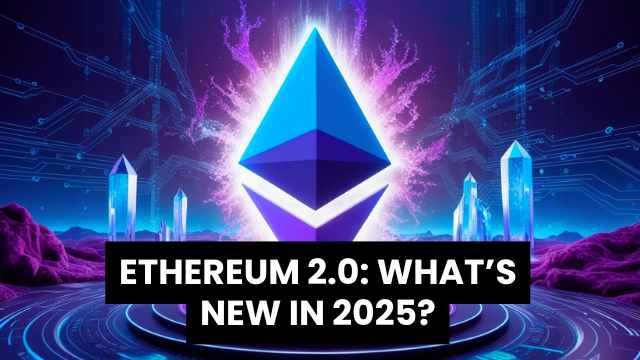Ethereum, the second-largest cryptocurrency and the platform of decentralized applications, has been in the midst of a gargantuan transformation. In 2025, Ethereum 2.0 is no longer on a roadmap — it’s a hard reality that has dramatically altered the crypto ecosystem. With sustainability, scalability, security, and usability at its foundation, Ethereum 2.0 is finally making good on its long-gestating upgrades. This article delves into what’s new for Ethereum 2.0 in 2025 and how it’s rewriting experiences for developers, investors, and everyday consumers.
1. A Landmark Shift: Ethereum’s Move to Proof of Stake

The single most defining event in Ethereum’s path to 2.0 was its shift from Proof of Work (PoW) to Proof of Stake (PoS). Dubbed “The Merge,” this milestone change replaced the energy-sapping mining process with validator-based consensus. In 2025, this system has come of age, stabilizing the network and significantly enhancing energy efficiency.
Ethereum currently operates on a platform where the users can turn into validators through staking ETH, enabling them to authenticate transactions and protect the network. The change has brought down Ethereum’s energy consumption by over 99 percent, making it a trailblazer of the green blockchain revolution. Not only did this resolve environmental issues but also appeal to ESG-compliant institutions, investors, and governments who previously held back due to the carbon footprint associated with previous blockchain frameworks.
2. Ethereum Staking Becomes More Inclusive and Rewarding
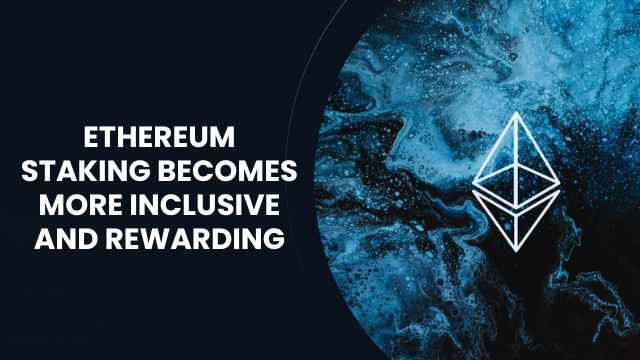
In the early stages of Ethereum 2.0, staking required a minimum of 32 ETH, limiting participation to wealthy holders. However, by 2025, the staking landscape has evolved. Thanks to decentralized staking protocols and liquid staking platforms, anyone can now stake ETH in fractional amounts and still contribute to the network’s security while earning passive rewards.
Validators are rewarded with ETH, and returns differ according to the size of the participant group and the demand of the network. The process is now optimized more than ever before, with faster withdrawals and more effective tools to view validator performance. Furthermore, mobile application staking has now become possible, which enables average users to collect rewards through mere phone taps.
This wider participation not only makes the staking process more democratic but also more decentralized, making the Ethereum platform stronger and more resistant to manipulation or control by a few large institutions.
3. Ethereum’s Enormous Scalability Gains Through Sharding Architecture
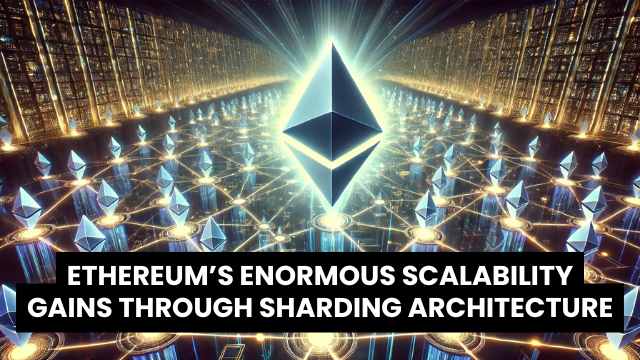
Scalability has long been Ethereum’s biggest challenge. Historically, network congestion has led to gas prices skyrocketing and slow transaction times, most notably in intense periods of activity. Ethereum 2.0 solves this using a substantial architectural change known as sharding.
By 2025, Ethereum has already adopted proto-danksharding, which brings with it the idea of “blobs” of data that are more efficiently processed. This is a stepping stone to complete sharding, in which the network will be split into several smaller chains, or shards, each processing its own transactions and smart contracts. This allows Ethereum to process many more transactions per second, without bogging down the main chain.
These upgrades have eliminated Ethereum’s capacity limitation to a single chokepoint. Ethereum now processes thousands of transactions per second, reducing transaction fees and allowing for more seamless user experiences across decentralized applications and platforms.
4. The Emergence of Layer 2 Solutions and Easy Integration into Ethereum
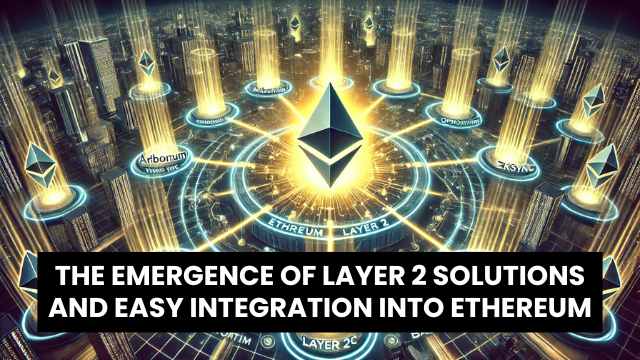
As Ethereum 2.0 introduces upgrades at the foundational layer, 2025 has also seen the boom in Layer 2 protocols. These are Ethereum-based protocols that enable users to carry out transactions and interact with smart contracts without overwhelming the primary network.
Wider optimism rollups and zk-Rollups have become mainstreamed with Arbitrum, Optimism, zkSync, and Base gaining popularity. They enable higher speed transactions along with significantly smaller fees. Far from competing against Ethereum, these solutions tightly couple into the top chain, efficiently settling final information securely while also providing users immediate, low-price execution.
The Ethereum 2.0 upgrade seamlessly complements these Layer 2s, particularly with technologies such as EIP-4844, which significantly reduces the cost for rollups to post their data on-chain. Ethereum and its Layer 2 ecosystem, therefore, work together like a superhighway network — with the main chain as a secure hub and Layer 2s as the fast lanes.
5. Improved Ethereum Security with Smart Validator Incentives
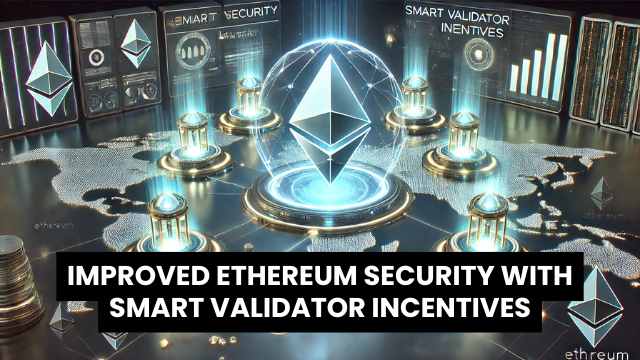
Security is at the core of Ethereum’s legitimacy, and with Ethereum 2.0, it has only strengthened. The PoS system is not only more eco-friendly but also naturally more secure through slashing — a means of punishing validators that act maliciously or unresponsibly.
In 2025, slashing and validator behavior monitoring have become much better. There are real-time analytics and alerts available that detect faults early. Double-signing transactions or staying offline for long periods leads to penalization of the validators, decreasing the possibility of attacks.
Additionally, the geographical spread of validators has grown. As more participation from underrepresented parts of the world such as Southeast Asia, Africa, and Latin America, Ethereum’s validator population is more diverse and decentralized than ever. Such a worldwide spread increases fault tolerance and decreases the likelihood of any single jurisdiction having a significant majority of the network.
6. Environmental Sustainability: Ethereum Leads by Example
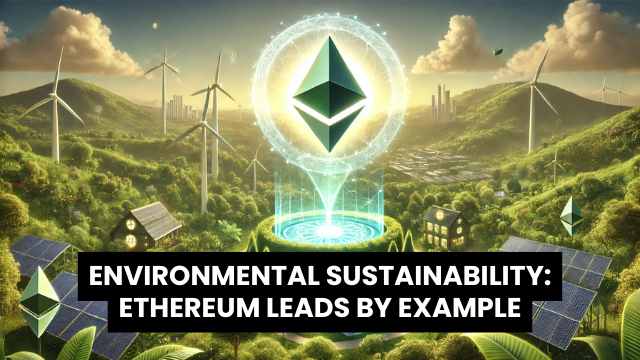
Ethereum’s transition to Proof of Stake is the most environmentally friendly action in the history of blockchain. By doing away with mining, Ethereum reduced its power usage to a small percentage of what it was when operating under Proof of Work.
By 2025, Ethereum’s annual energy consumption is projected to be as much as that of a small town — a far cry from the early days, when it used more electricity than some nations. This eco-friendly model has drawn companies and projects that wish to develop in a green tech ecosystem.
The network is now consistent with the climate values of environmentally conscious investors and projects. Those companies that initially disregarded blockchain because of its environmental cost are now adopting Ethereum for carbon-free solutions, transparent supply chains, and green financial infrastructure.
7. Real-World Ethereum Adoption Across Diverse Use Cases
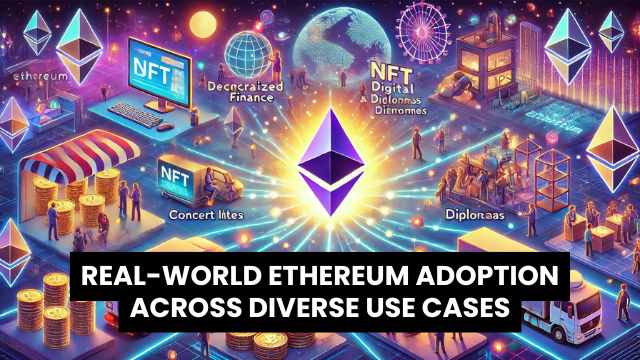
Ethereum 2.0 is not just about upgrades – it’s empowering new waves of real-world adoption. In 2025, Ethereum supports a healthy ecosystem of decentralized finance, gaming, identity, and enterprise use cases.
In DeFi, Ethereum-based protocols and Layer 2s are responsible for billions of assets per day. Lending, borrowing, yield farming, and decentralized exchanges have been made safer and more convenient due to reduced transaction fees and faster settlement.
NFTs have moved beyond digital art to utility-based applications. They now symbolize memberships, concert tickets, land deeds, and even digital diplomas. Companies and artists leverage NFTs to establish direct relationships with consumers in an open, programmable manner.
Enterprise adoption is expanding as well. Governments are deploying Ethereum-based systems for digital identification, voting machines, and real estate registries. Large firms are implementing supply chain contracts and auditing software in the network, taking advantage of its transparency and security.
8. Empowering Developers, Investors, and Everyday Ethereum Users
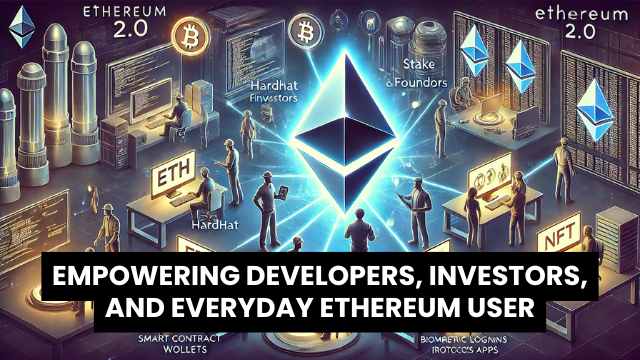
Ethereum 2.0 is structured to be inclusive and empowering to all parties accessing the blockchain.
For programmers, Ethereum 2.0 equals superior infrastructure, accelerated block times, and reduced execution fees. Toolkits such as Foundry, Hardhat, and libraries such as Solidity and Vyper evolve further to speed up and solidify dApp development.
For investors, Ethereum 2.0 offers several value propositions. In addition to holding ETH as a digital asset, they can stake it, engage in governance, or utilize it in DeFi protocols for lending and yield generation. The eco-friendliness of the network is also appealing to traditional ESG investors who now view Ethereum as a valid asset in their portfolios.
For consumers, Ethereum has become cheaper, quicker, and more convenient. Wallet experiences have become better with account abstraction and smart contract wallets. New users are now able to initialize their wallets with intuitive tools such as email authentication or biometrics, eliminating the seed phrase complexity.
9. Looking Ahead: The Future for Ethereum
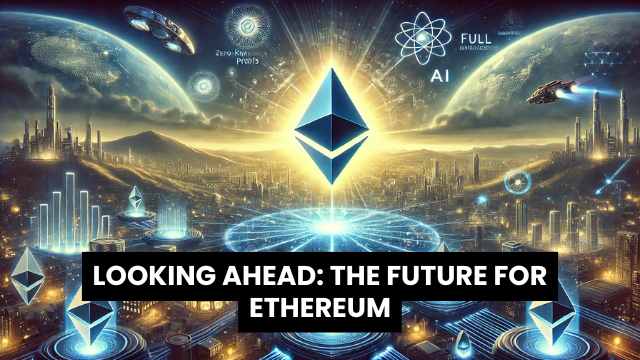
Ethereum 2.0 in 2025 isn’t an end point — it’s a cornerstone. The development done by PoS, proto-danksharding, and L2 merging is setting up the network to handle even greater changes in years to come. Complete danksharding, bolstered privacy protocol, zero-knowledge apps, and artificial intelligence integrations are all on the horizon for Ethereum.
The Ethereum community is still innovating at breakneck speed. With a decentralized, open ethos, Ethereum is not only keeping pace with the changing digital world — it’s creating it.
As Ethereum 2.0 comes of age, it gives us a glimpse of what the next iteration of the internet could be like: decentralized, secure, efficient, and open to everyone.
10. Frequently Asked Questions About Ethereum 2.0 in 2025
Q1. What is Ethereum 2.0 and why does it matter in 2025?
Answer: Ethereum 2.0 is a set of significant upgrades to enhance Ethereum’s scalability, security, and sustainability. The upgrades involve the move from Proof of Work to Proof of Stake, the addition of sharding, and new staking protocols. In 2025, Ethereum 2.0 has become the underlying architecture driving faster, cleaner, and more decentralized applications throughout the blockchain ecosystem.
Q2. Is Ethereum 2.0 completely launched in 2025?
Answer: Ethereum 2.0 is mostly deployed, but it’s still being worked on. Important milestones such as the Proof of Stake transition and proto-danksharding are done. But aspects like full danksharding and further performance optimizations are still being developed and will come in subsequent phases.
Q3. Can people stake ETH without having 32 ETH?
Answer: Yes, in 2025, anybody can stake any level of ETH by joining through staking pools or leveraging liquid staking solutions. These sites enable people who hold smaller amounts to be a part of the network and receive rewards without having to operate a full validator node.
Q4. Are Ethereum gas fees still costly in 2025?
Answer: No, gas costs have come down dramatically. Due to Layer 2 solutions and data efficiency enhancements that came with Ethereum 2.0 upgrades, the majority of transactions only cost a few cents today. Layer 2s such as Optimism and zkSync have made Ethereum much more economical and user-friendly for every day use.
Q5. Is Ethereum environmentally friendly now?
Answer: Yes, Ethereum is now amongst the most eco-friendly blockchains. The transition to Proof of Stake has cut its power usage by more than 99 percent and has made it a green technology innovator and suitable for ESG-savvy investors and institutions.
Disclaimer:
This blog post is for informational purposes only and does not constitute financial, legal, or investment advice. We do not guarantee accuracy, reliability, or security. Any actions taken based on this content are at your own risk. Always conduct your own research and consult a professional before making decisions.

